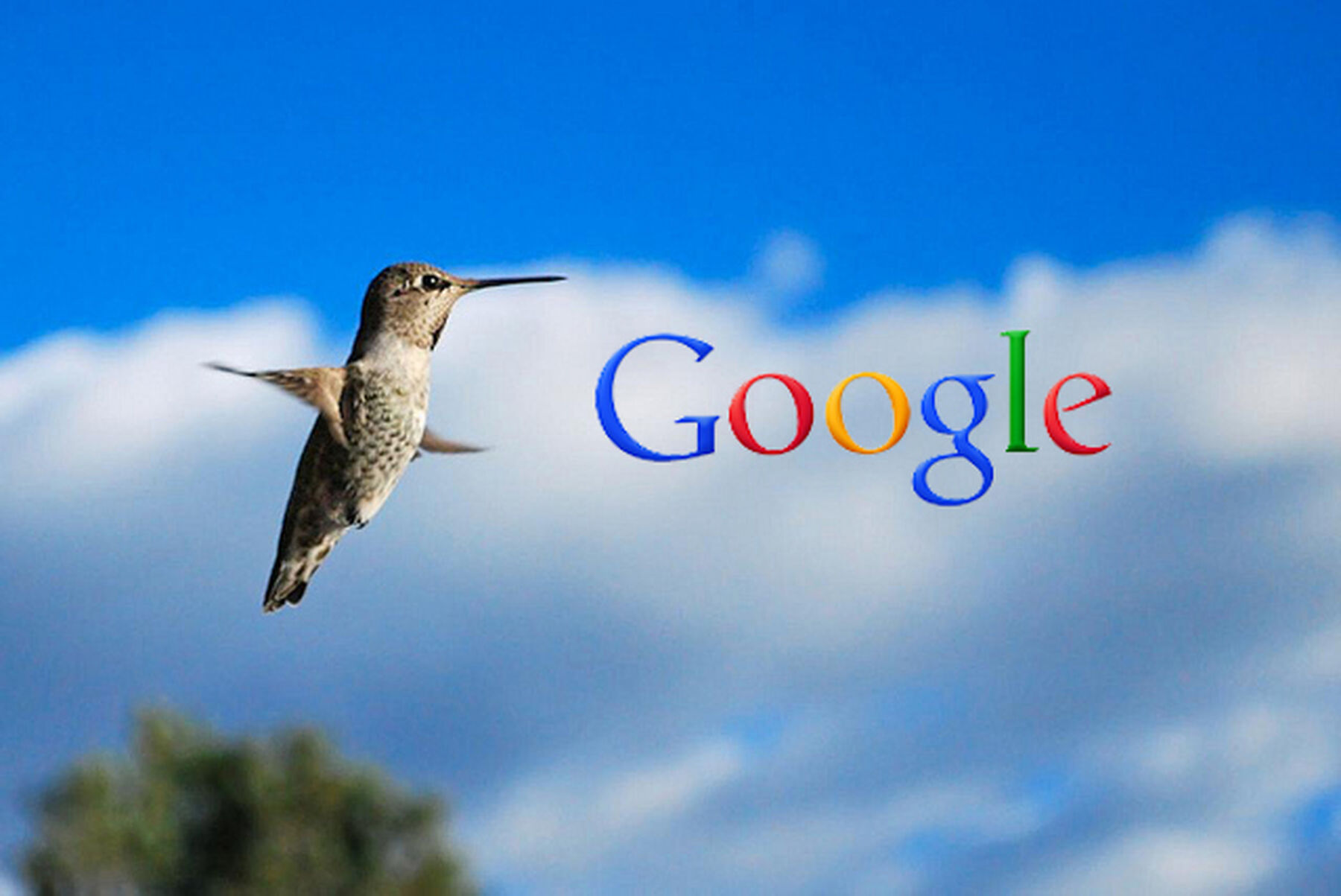One of Flow’s core principles is to put the user at the centre of the websites that we design, develop, write for, manage and market. Our belief is that by developing well-designed feature-rich sites with unique content that empowers and entertains, our users will keep coming back.
But how do you get the users in the first place? Well, Google drives about 60% to 80% of traffic to our websites and is a major source of new users. And how does Google know that we have the content that these users would enjoy?
The art of developing great websites and the best practices of search-engine optimisation (SEO) have, in the past, been at odds. In the early 2000s, we were told to pump keywords into our website copy, sometimes to the detriment of readability and usability of the site. We were also told to become part of link networks, to encourage as many links as possible to be pointed to our sites – quality links, of course, taking precedence over quantity.
Luckily we didn’t listen, much to the bemusement of other industry players and some of our clients, who were being told over and over again by so-called SEO specialists that bolding certain keywords and linking to other internal pages had an effect on your ranking. Perhaps it did, but who wants to read an article littered with bolds and dubious quality internal links that don’t suit the article?
Our reasoning is as follows:
- Google has become the most popular search engine because it actually works. When we search for “dentists in Rosebank, Johannesburg” we get the results we are looking for – unique, relevant and useful information
- If Google failed at point 1, we would all be using a different search engine
- If Google’s goal is to present us with unique, relevant and useful information, then it stands to reason that we should be creating websites that do just that
So instead of taking the short-term approach of trying to beat some of the world’s best analysts, researchers and mathematicians employed by Google, we’d rather serve our users knowing that Google has their best interests at the centre of its rather large equation.
So, with Google’s latest introduction of the “Hummingbird” algorithm, we’re pleased to see it is maintaining its stance: “Make websites primarily for users, not for search engines,” and “Think about what makes your website unique, valuable, or engaging. Make your website stand out from others in your field.”

Hummingbird is exciting because it uses natural language processing in its algorithm – the ultimate intent is for people to have a “natural conversation” with the search engine. Instead of searching “illovo pizza”, Google is encouraging users to search using full sentences, for example, “Where can I find a pizza outlet in Illovo,” giving the algorithm a lot more information to work out the user’s intent. Natural language processing is important because of the rise of Google Voice Search and fringe technologies such as Google Glass.
This all bodes well for the websites that we’ve developed so far, and the ones we intend to develop in the future. Google is making the web a better place by ensuring that website creators focus on the reason for the website: the user.
